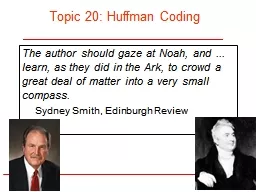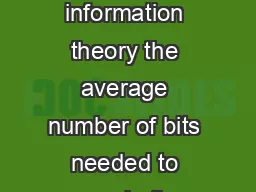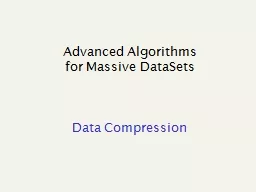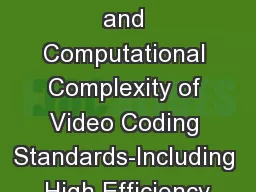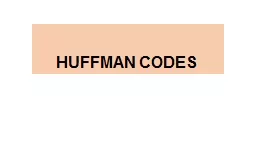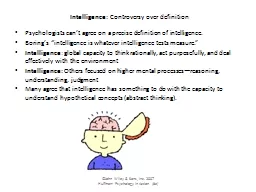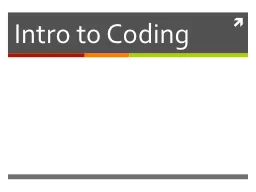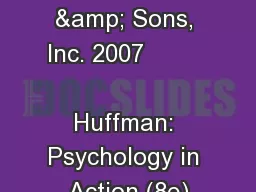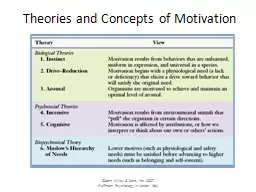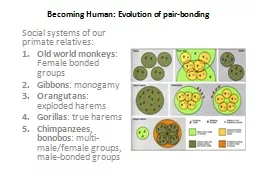PPT-Topic 20: Huffman Coding
Author : alida-meadow | Published Date : 2018-11-04
The author should gaze at Noah and learn as they did in the Ark to crowd a great deal of matter into a very small compass Sydney Smith Edinburgh Review Agenda Encoding
Presentation Embed Code
Download Presentation
Download Presentation The PPT/PDF document "Topic 20: Huffman Coding" is the property of its rightful owner. Permission is granted to download and print the materials on this website for personal, non-commercial use only, and to display it on your personal computer provided you do not modify the materials and that you retain all copyright notices contained in the materials. By downloading content from our website, you accept the terms of this agreement.
Topic 20: Huffman Coding: Transcript
Download Rules Of Document
"Topic 20: Huffman Coding"The content belongs to its owner. You may download and print it for personal use, without modification, and keep all copyright notices. By downloading, you agree to these terms.
Related Documents

